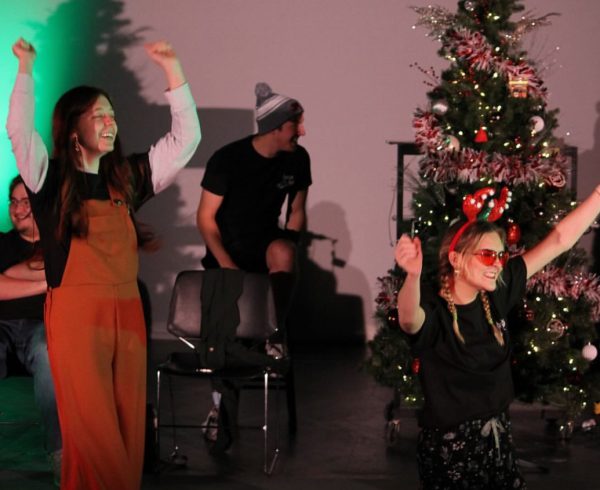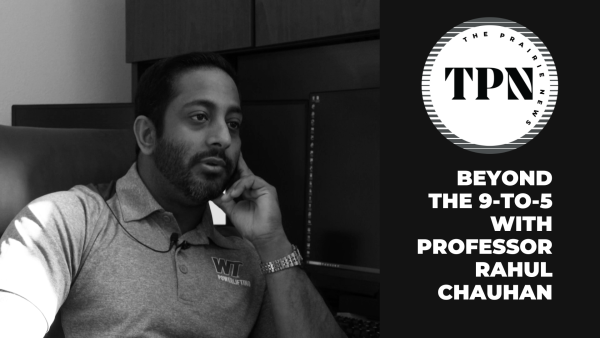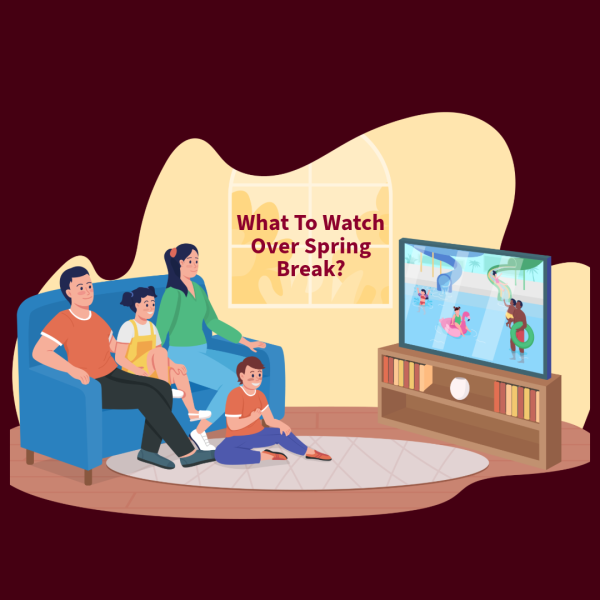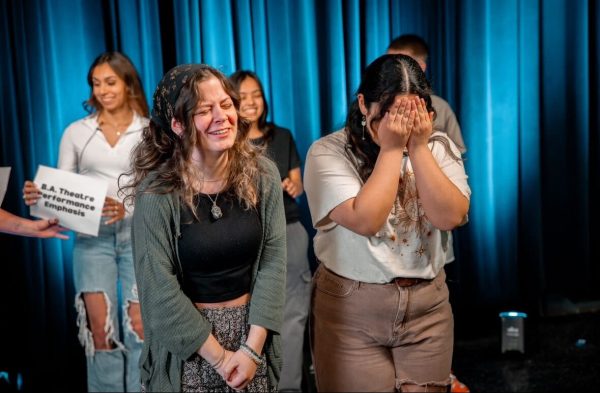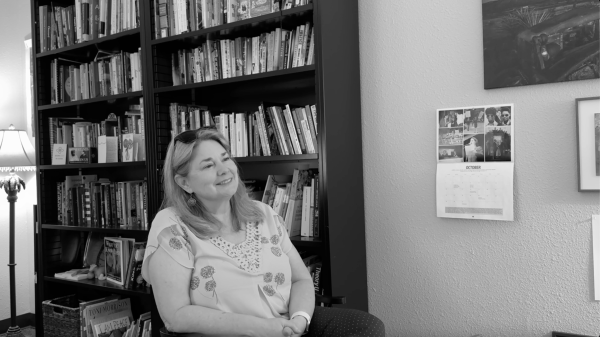A Garden of Empty Boundaries

November 18, 2017
The Ryougi clan are a unique kind of family. Imbued with supernatural power, some members possess different personalities, a “male” side and a “female” side, that are both conscious and are essentially the same person but with different qualities. One such member, a young girl named Shiki Ryougi, possesses this trait but avoids interacting with other people. One day, an empathetic boy named Mikiya Kokutou meets Shiki at school and wants to help her break out of her isolation. Around that time, grisly murders start happening around the city, with Mikiya happening across Shiki one night, knife in hand and standing over a headless corpse. Though he refuses to believe she is the killer, Shiki later tries to kill him. Fast-forwarding to June of 1998, Shiki wakes up from a coma and discovers that she only feels a [ ]-void and that she now possesses the Mystic Eyes of Death Perception. Approached by a mysterious woman that runs a paranormal detective agency, Shiki joins up in order to solve several mysteries popping up across the city and to discover her lost memories and what caused her coma. So begins a complex tale that helped shape the Nasuverse to what it is today.
Originally a collection of light novels written by Kinoko Nasu and later adapted into a series of seven movies animated by ufotable, Kara no Kyoukai tells the story of Shiki Ryougi and her efforts to both regain her lost memories and to solve deadly paranormal mysteries across the city. Along with Nasu’s earlier story Angel Notes, Kara no Kyoukai helped set the foundations of the Nasuverse and many of its fundamentals that are still in use to this day, such as the concepts of Magecraft, the Root of Akasha, the Counter Force, and other such things. As it was one of the earliest works made, it can be considered an alternate universe separate from their other series like Tsukihime and Fate, though it can be seen as a prototype of the former.
Shiki was already aloof, blunt, and a bit of a loner, but after the incident that left her in a coma, she has become a little bit unhinged with the loss of SHIKI, her male personality. If there was a single thing she truly cared about, it would be Mikiya, and anyone that dares harm him in any way will find themselves at the wrong end of her knife and the Mystic Eyes of Death Perception. The eyes allow her to see the lines and points that hold reality together, and if she cuts along the lines of something or stabs it at the point, she is able to slice right through it like nothing or completely kill its “existence”. Mikiya is easily the nicest character not only in the series, but maybe the entirety of Type-Moon’s works. Polite and caring to almost a fault, he acts as Shiki’s anchor and is the surrogate normal person of the main cast. The two of them work for Touko Aozaki, a magus of the Mage Association and a skilled practitioner of making puppets and perfect body part replacements. She does genuinely care for Shiki and Mikiya (even when she forgets to pay them), but she is first and foremost a mage, and anyone familiar with how Nasuverse mages work knows just how sociopathic they can be. That is not even getting into the relationship between she and her sister…
As this is a world where the likes of ghosts, demons, and other Divine Spirits exist, Shiki’s enemies are typically of the supernatural or people that possess these powers. From ghosts that charm schoolgirls into jumping off an abandoned building to a powerful psychic with a horrific past, she has her work cut out for her. Behind the scenes however, a larger threat looms that is partially responsible for the earlier threats she and the others face. Souren Araya, an old acquiantance of Touko’s from the Association, is a powerful monk that has lived for several centuries and, like most other mages, wishes to reach the Root of Akasha, the sacred and forbidden realm where all knowledge of the universe is held. While he has a noble motivation and goal, he is willing to make numerous sacrifices in order to make it happen. The same cannot be said about his “partner”, Cornelius Alba, who viewers of Fate/Zero might recognize as one of the Association members that torched Kiritsugu’s village. While one of the single most powerful mages in the whole Nasuverse, with a lineage that dates back 500 years, Alba embodies the worst aspects of magecraft, being an unhinged and sadistic nutcase that has no problem experimenting on humans if he can. Meanwhile, around the time Shiki and Mikiya first met, a number of brutal and gruesome murders were being carried out, though no one figured out who the culprit was. Several years later, they pick back up again and the mind behind them is just as dangerous as Shiki…
The movies are not quite in chronological order, much like the original novels Nasu wrote. While the last three movies take place sequentially and are chronologically the last stories, the first four are not quite in order. As such, it may take repeat viewings in order to catch all of the details, much like Baccano! and its own time jumps. Thankfully, time jumps here only happen between movies and are not as sporadic as Baccano!, making it a little easier to follow.
Even though this was the first major Type-Moon property done by Studio ufotable, it is honestly hard to tell that these movies are nearly a decade old. The visuals and animation are still stunningly beautiful and the haunting music by Yuki Kajiura and Kalafina creates an ethereal atmosphere that is hard to forget. This only serves to make the darker and more gruesome moments even more terrifying with either a dissonant score or a detailed look at a corpse. This is perhaps the darkest entry of the Nasuverse and is probably only rivaled by the Heaven’s Feel route of Fate/Stay Night. After the seven core films that make up the main story were released from 2007 to 2009, two OVAs were followed in 2011 and 2013, with the former containing the novels’ original epilogue and the latter following a young girl named Mana around a decade after the final film.
Type-Moon is infamous for not localizing their content, and barring Studio DEEN’s 2006 Fate/Stay Night anime, their 2010 Unlimited Blade Works movie, and the Tsukihime anime that most certainly does not exist, barely any of their titles make it over and the seven Kara no Kyoukai films are included. While box sets of the physical release are available through Aniplex, the price for them are obscene and definitely not worth it. Thankfully, the past couple of years have seen more of Type-Moon’s works becoming more readily available, with both Fate/Extella and Fate/Grand Order having been released to the west just this year. Just last month, Amazon’s “Anime Strike” streaming service added Kara no Kyoukai to the catalogue, at last giving fans a chance to see these seven gorgeous movies at a reasonable price.
Kara no Kyoukai was, in a sense, the start of a couple of things. Nasu’s original novels helped create the vital foundations to his universe, which culminated with Tsukihime and, by extension, Fate. For ufotable, the films earned near universal praise for their beautiful animation and music, bringing the studio more attention and acclaim. Now, Type-Moon is the king of the VN genre with many successful titles under their belt and ufotable is one of the most highly regarded anime studios today, with the first of the Heaven’s Feel movies having just recently premiered. While it would be nice to have the physical box set, I cannot recommend it due to them currently costing several hundred dollars. The best and currently only way to do so would be to view it on Anime Strike, which is at a MUCH more affordable price of $4.99 a month. For seven movies full of mystery, intriguing storylines, and animation and music that is some of the best in the industry, this is very much so a must-watch for both Type-Moon fans and newcomers alike.





